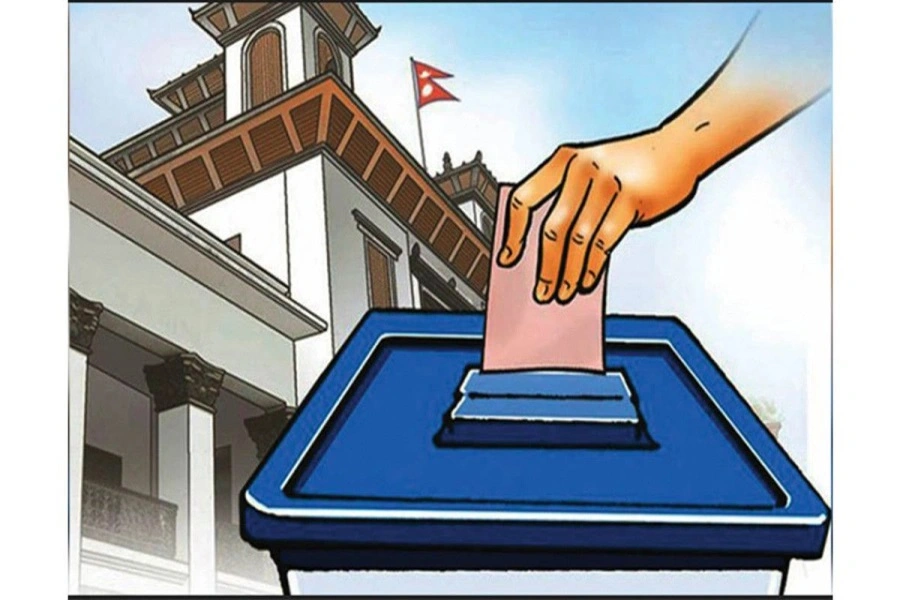PHILADELPHIA, April 19: U.S. airline regulators said Wednesday they will order inspections on engine fan blades like the one that snapped off and triggered a fatal accident on a Southwest Airlines jet.
The move by the Federal Aviation Administration comes nearly a year after the engine manufacturer recommended the additional inspections, and a month after European regulators ordered their airlines to do the work.
Pressure for the FAA to act grew after an engine on a Southwest jet blew apart Tuesday, showering the plane with debris and shattering a window. A woman sitting next to the window died of her injuries. The plane made an emergency landing in Philadelphia.
Federal investigators said a blade that broke off in mid-flight was showing signs of metal fatigue — microscopic cracks that can splinter open under the kind of stress placed on jetliners and their engines.
The National Transportation Safety Board also blamed metal fatigue in preliminary findings after an engine broke apart on another Southwest Boeing 737 over Florida in 2016.
That led engine manufacturer CFM International, a joint venture of General Electric Co. and France’s Safran SA, to recommend last June that airlines conduct the inspections of fan blades on many Boeing 737s.
The FAA proposed making the recommendation mandatory in August but never issued a final decision.
In a brief statement late Wednesday, an FAA official said the agency will issue an order in the next two weeks to require ultrasonic inspection of fan blades on some CFM56-7B engines after they reach a certain number of takeoffs and landings. Blades that fail will have to be replaced, the agency said.
FAA orders United to inspect Boeing 777s after emergency

It is not clear how many planes will be affected. Last year, the FAA estimated that an order would cover 220 engines on U.S. airlines. That number could be higher now because more engines have hit the number of flights triggering an inspection.
Southwest announced its own program for similar inspections of its 700-plane fleet over the next month. United Airlines executives said Wednesday that they had begun to inspect some of their planes.
American Airlines has about 300 planes with that type of engine, and Delta Air Lines has about 185. It won’t be clear until the FAA issues its rule how many will need inspections.
Tuesday’s accident broke a string of eight straight years without a fatal accident involving a U.S. passenger airliner.
“Engine failures like this should not occur,” said NTSB Chairman Robert Sumwalt.
Sumwalt expressed concern about such a destructive engine failure but said he would not yet draw broad conclusions about the safety of CFM56 engines or the entire fleet of Boeing 737s, the most popular airliner ever built.
Federal investigators were still trying to determine how a window came out of the plane. The woman sitting next to the window was wearing a seat belt, but passengers said she was partially blown out of the plane. Philadelphia’s medical examiner said she died from blunt impact to her head, neck and torso.
Family members identified her as 43-year-old Jennifer Riordan, a banking executive and mother of two from Albuquerque, New Mexico.
The pilots began a harrowing descent and made an emergency landing in Philadelphia. Investigators said the plane landed at an unusually high speed because the pilots feared losing control if they flew slower.
The leading edge of the left wing was damaged by shrapnel from the engine explosion.
It is unclear whether the FAA’s original directive would have forced Southwest to quickly inspect the engine that blew up. CEO Gary Kelly said it had logged only 10,000 cycles since being overhauled.
Before Wednesday’s announcement, critics accused the FAA of inaction in the face of a threat to safety.
Robert Clifford, a lawyer who is suing American Airlines over another engine explosion that caused a fire that destroyed the plane, said the FAA should have required the inspections — even if it meant grounding Boeing 737s.
“There is something going on with these engines,” he said, “and the statistical likelihood of additional failures exists.”
William Waldock, a safety expert at Embry-Riddle Aeronautical University, predicted the FAA’s decision. He said the scope of FAA action will depend on whether investigators find fatigue in other fan blades on the broken engine.
“The first thing they probably are going to do is pull every single one of those other blades off and X-ray them to see if they’ve got a similar type of failure waiting to happen,” he said.
The Southwest CEO protested that it is too soon to say whether Tuesday’s incident is related to any other engine failures.
Kelly said the plane was inspected on Sunday and nothing appeared out of order. A spokeswoman said it was a visual inspection and oil service of the engines. The NTSB’s Sumwalt said, however, that the kind of wear seen where the missing fan blade broke off would not have been visible just by looking at the engine.
There are several types of inspections that planes must go through, ranging from an “A check,” which is done about every eight to 10 weeks, to more-rigorous B, C and D checks.
So-called D checks are done roughly every six years for older planes, less frequently for newer ones. It can take weeks and involves taking apart much of the plane for inspection and possible repair or replacement of parts, then putting it back together. Engines are typically removed for work during a D check.
Southwest declined to provide the plane’s maintenance records to The Associated Press, but a spokeswoman said that the failed engine had experienced no unscheduled maintenance in the last 60 days.
NTSB investigators plan to visit Southwest headquarters in Dallas next week to inspect maintenance records, Sumwalt said.


































